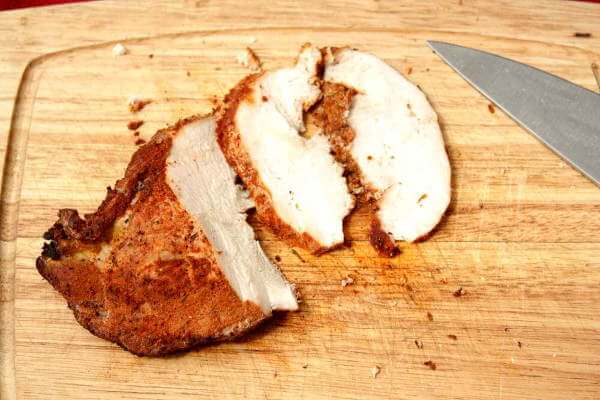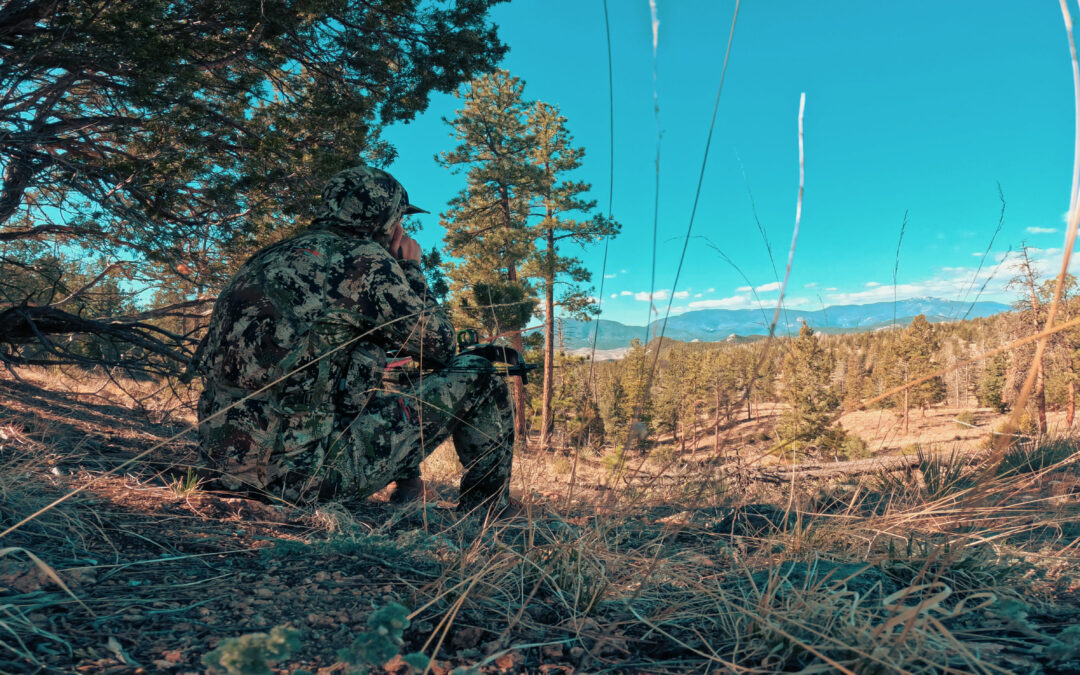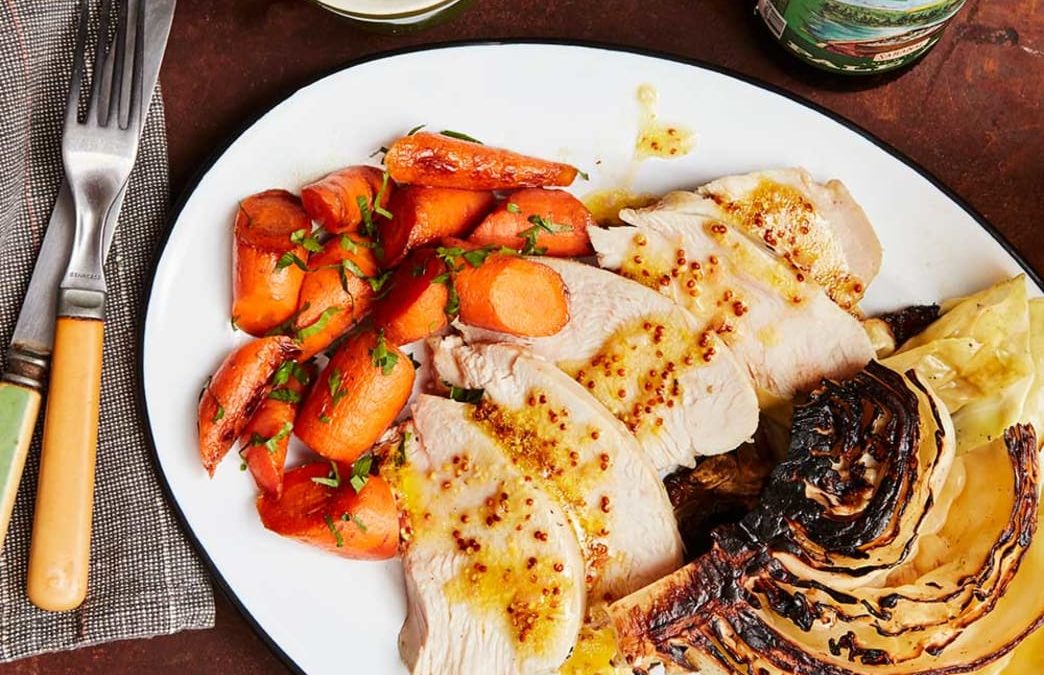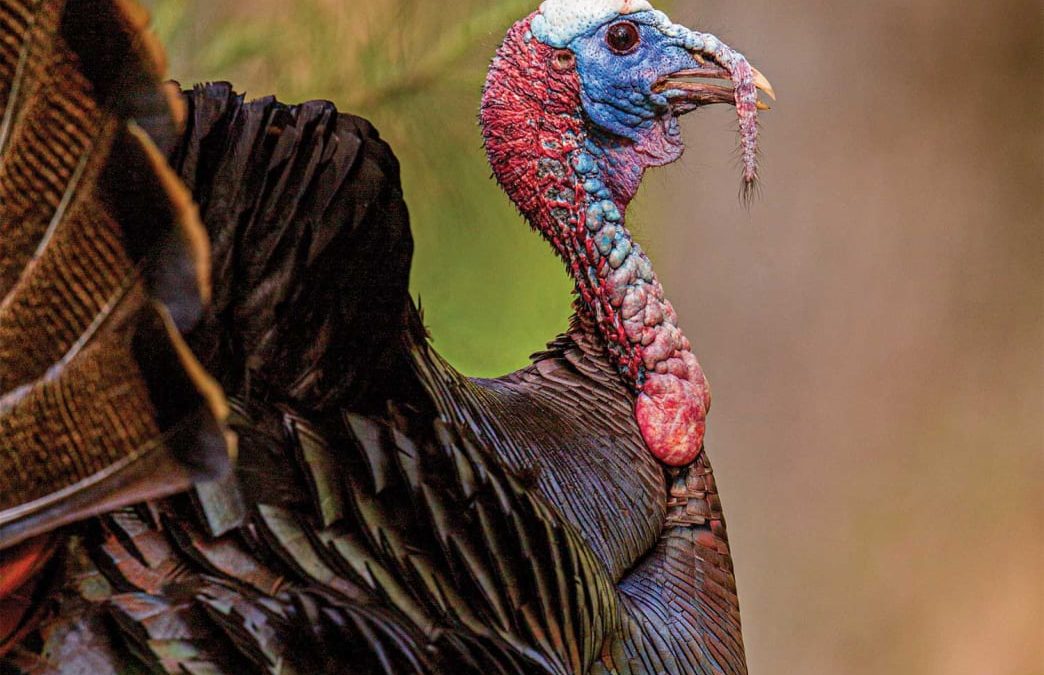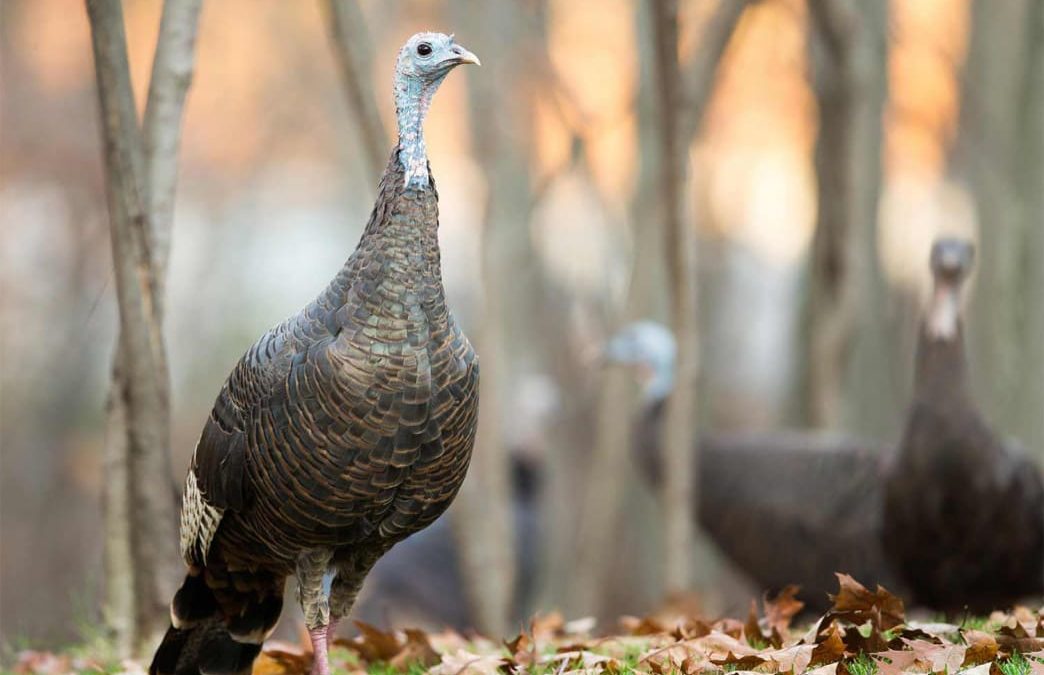There’s an old split-rail fence at Mom and Dad’s place that separates the lawn from the horse pasture. I like to lean against it just before dark and owl hoot. Across the pasture, and beyond the creek, is an oak hillside, and in the spring a gobbler roosts there as many nights as not. The acoustics must be perfect because if I hoot from that fence and he’s there, he’ll answer. Tonight, he’s there.
I expected as much because Dad had seen him strutting in the pasture just the day before. He’d even set up on him, but although the bird gobbled, he never did come in. I was glad to hear that Dad had given it a try, though, because the fire he once had for turkey hunting has faded. There’s nothing I’d like more than to help Dad shoot this bird in the morning.
When I walk back into the cabin with the good news, Dad is watching CNN at two clicks shy of full volume, the television set buzzing like a cheap sound system. He turns it down and asks, “Hear him?”
“Yep,” I say. “He’s roosted right over the creek. But we’re going to have to set up early.” As I emphasize that last word, Dad’s eyes narrow the way they always do when I hint at taking the lead on, well, anything.
“How early?”
Getting a Start
Twenty-four years ago, I watched my first gobbler walk into gun range. I was sitting between Dad’s knees, cradling a 20-gauge as the turkey gobbled over and again, first on the limb, then on the ground. Dad whispered to me, “I’ll tap your neck when he’s close enough.”
He often used friction calls, but Dad was talented enough with his natural voice to win a few local calling contests. He yelped softly, and the longbeard popped into view 30 yards away. The tap on my neck, and the roar of the shotgun, and the gobbler winging out of sight seemed to happen all in same moment. I fought back tears but couldn’t hold them all. Dad just smiled and said, “Do you want to quit?”
“No,” I said.
“Good.”
That one morning shaped my whole life, to this very moment. How do you repay something like that?
Too Late
I know we need to get up at 3:45, but I also know that if I suggest that, I’ll have to argue with Dad, and I’m not up for it. As he’s gotten older, he likes to sleep in. “Four-thirty,” I tell him. “But we’ve got to go as soon as we get up.”
At 4:50, I’m pacing the cabin while Dad fusses with contact lenses and nurses a cup of black coffee. I step onto the porch and strain my eyes at the sky, as if staring at the stars will keep them out a little longer. When I go back in, Dad’s wearing camo pants but fishing around in the hunting closet. “Have you got some extra shells?” he asks.
“I’ve got you covered there,” I say. “TSS No. 9s.”
“Nines?” he says. “I like 4s.”
“Dad, these are…” I stop myself. “I have some lead 4s too.”
He walks back over to his coffee, and I step back out onto the porch, where I hear the first notes of the dawn chorus. “Dad, we need to get going!” I say, slinging a bag of decoys over my shoulder.
“OK!” he says, and splashes his coffee into the sink.
We cross the fence, and I can already see the maples on the edge of the creek, where we’d talked about setting up. It’s shooting light by the time we sit down. Two distant birds sound off, but all around us, it’s silence.
“Think we scared him?” Dad whispers.
“Yes,” I answer. “He watched us walk across that pasture and set those decoys, plain as day.”
“I don’t think so,” he says.
I shrug. The gobbles from the distant birds are faint but steady. Suddenly I see Dad twist to his right and shoulder his 870. My heart jumps. I’m thinking that the roosted tom has walked in silently. Instead, I see the wake of a beaver swimming down the creek. We’ve lost a few acres of timber due to flooding out here, and I know what’s coming. Dad hits the beaver in the head with the entire payload of a $10 TSS shell, which I’d handed to him in the dark. Geese flush off the creek, and the horses stampede from the pasture as the blast reverberates through the timber. Dad racks the slide, and regards the smoking hull with a smile.
“Killed that son of a bitch dead,” he says. “You think we ought to move?”
New Spot
We sneak to the other end of the farm, where the distant birds have since gone silent. Setting up on the side of a ridge, with our backs to a copse of hickory saplings, I stake the decoys 20 yards ahead on the right, to Dad’s side. I sit on his left and cutt hard on a mouth call, and any expectations of relaxing in the sun vanish when a gobbler with marbles in his throat fires off 100 yards away. Dad yanks his shotgun to his knee.
I call again, and the bird cuts me off with another deep gobble. He’s coming fast. For five minutes, it’s back and forth—call and gobble—and I know we’re about to see him. I’m watching the rise just beyond the decoys, expecting the tom to materialize at any second. But then, nothing. I yelp, but there’s no response. No drumming, no walking in the leaves. Fifteen minutes pass, and I think this turkey too has busted us.
Then Dad yelps with his voice. Damn, we sound desperate, I think to myself—but the turkey roars back, right on top of us, and I hear drumming. I look all around the decoys, but he’s not there. Cocking my eyes to the left—on my side—I can see the gobbler standing in full strut and plain view, about 30 yards away. Dad has no shot with me between him and the bird.
“Kill him,” he says. I don’t move. “He’s going to get away if you don’t!”
The bird spins his fan to me and drums, and I snap my gun to my shoulder. Dad yelps again, and the turkey deflates, craning his neck. At the shot, the bird flops down the hill, coming to rest just feet from our decoys. When I stand up, I’m shaking my head in disgust.
“What’s the matter with you?” Dad asks.
“I really wanted you to shoot that bird,” I say.
“Hell, I’ve been calling them in for you to shoot for 25 years,” he says. “I don’t know why that should change now. Let’s go eat breakfast.”
Mom takes our picture with the turkey, next to the split-rail fence. It might not be the exact hunt I was envisioning, but I think in Dad’s mind, it played out perfectly.
Written by Will Brantley for Field & Stream and legally licensed through the Matcha publisher network. Please direct all licensing questions to legal@getmatcha.com.
